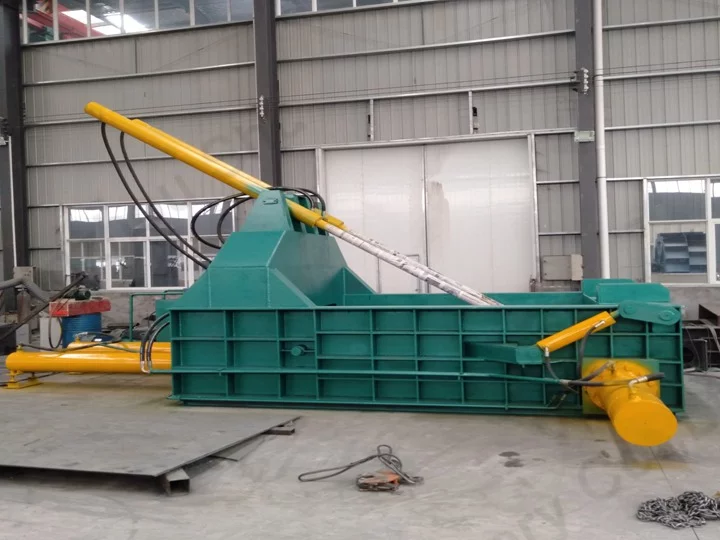If you’re running a recycling plant or a metal scrap yard, you’ve probably heard about the horizontal baler — also called a horizontal baling machine or metal baler.
But how exactly does it work? And why do so many recycling companies prefer this type of metal briquette machine over traditional vertical balers?
This article breaks down the working principle, process flow, and major advantages of a horizontal baler, helping you choose the best equipment for your recycling business.
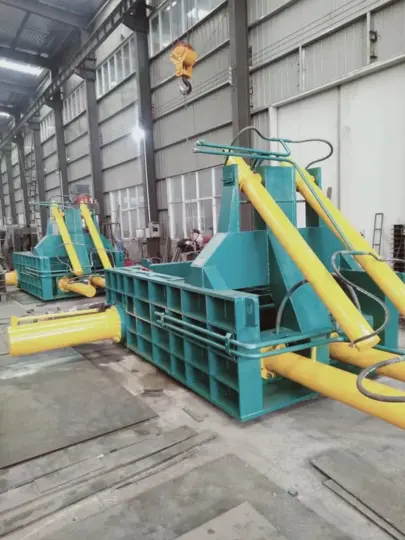
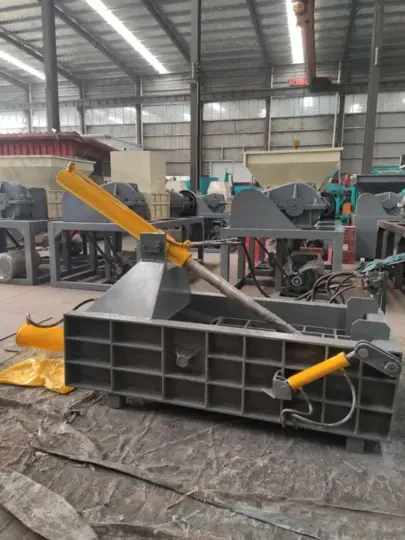
What Is a Horizontal Baler?
A horizontal baler is an industrial machine designed to compress waste materials — such as scrap metal, aluminum, steel sheets, cardboard, or plastic — into dense, uniform bales.
These compact bales make it easier to store, transport, and recycle materials efficiently.
Compared with vertical models, the horizontal metal baler offers higher automation, faster cycle times, and continuous feeding, making it ideal for medium and large-sized recycling facilities.
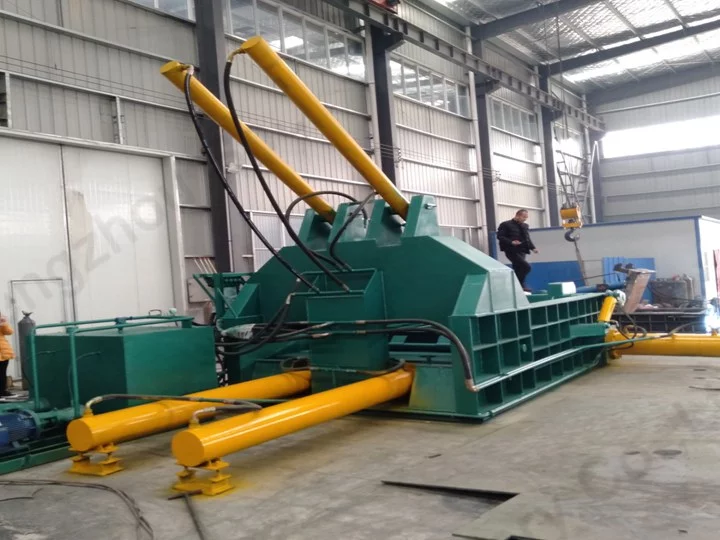
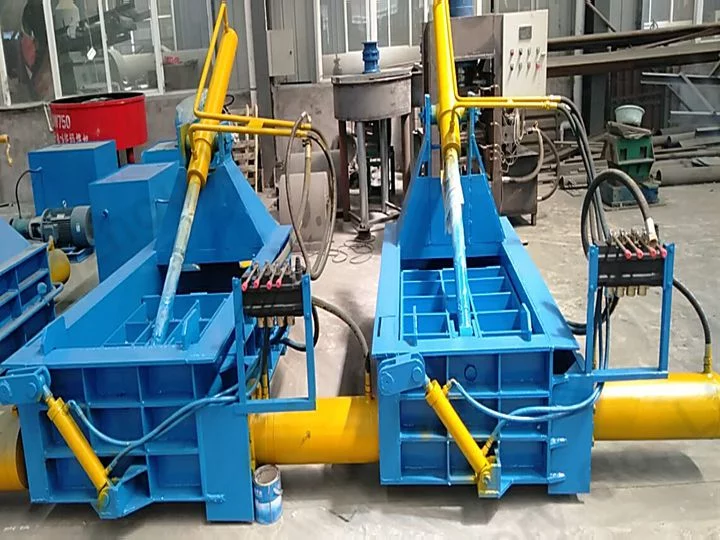
Working Process of a Horizontal Baler
Here’s a simplified overview of how the horizontal baling process works:
- Feeding the Material
Scrap or waste material is fed into the baler through a conveyor belt or a hydraulic hopper.
The feeding system allows continuous operation — a major advantage over vertical balers that require manual loading.
- Hydraulic Compression
Once the material enters the compression chamber, the hydraulic cylinder exerts tremendous pressure to compact it.
The metal briquette machine can reach pressures of up to 200 tons, ensuring the bale is extremely dense and stable.
- Bale Formation
The horizontal pressing mechanism moves sideways to shape the compressed material into a rectangular block.
Adjustable pressure levels and bale sizes allow customization based on the type of scrap being processed.
- Automatic Bale Tying or Ejection
After compaction, the machine either ties the bale automatically with steel wire or pushes it out through the discharge gate.
Fully automatic systems can handle up to 6–8 tons per hour, saving both time and labor.
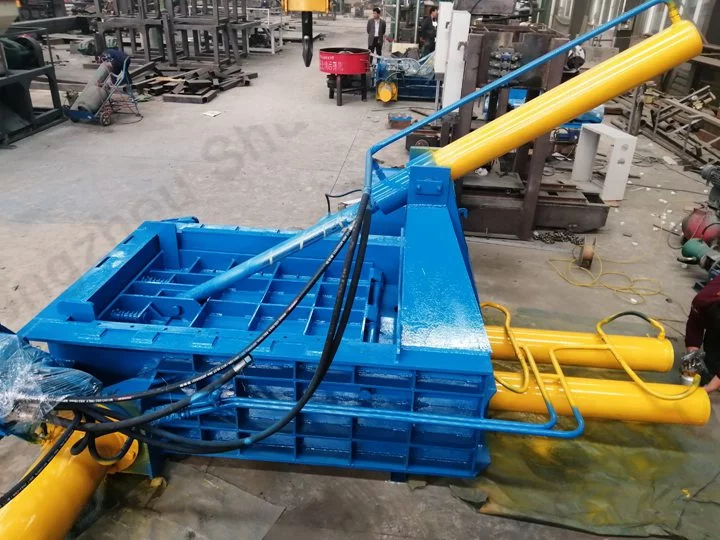
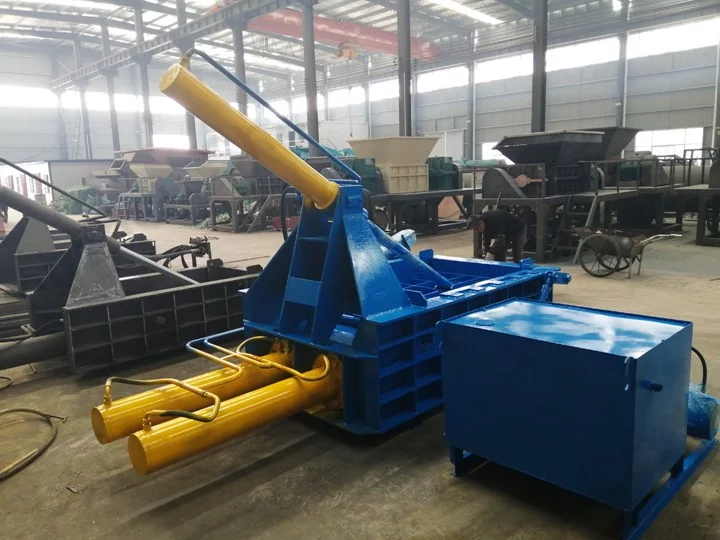
Applications of a Horizontal Baler
A horizontal baling machine is widely used in:
- Metal scrap recycling centers
- Steel mills
- Aluminum extrusion plants
- Waste paper recycling stations
- Plastic recycling factories
It can handle ferrous and non-ferrous metals, including:
- Iron scrap
- Aluminum cans
- Copper wires
- Steel plates
- Used car body panels
In short, if your business deals with large quantities of recyclable materials, a horizontal metal briquette machine is an essential investment.
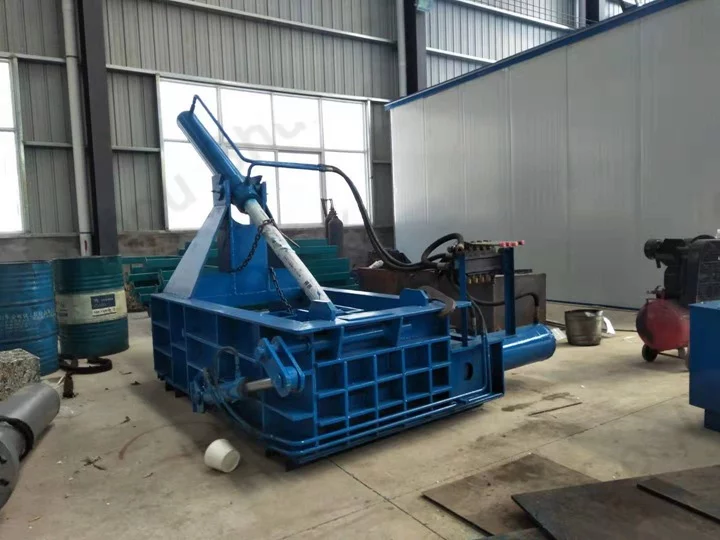
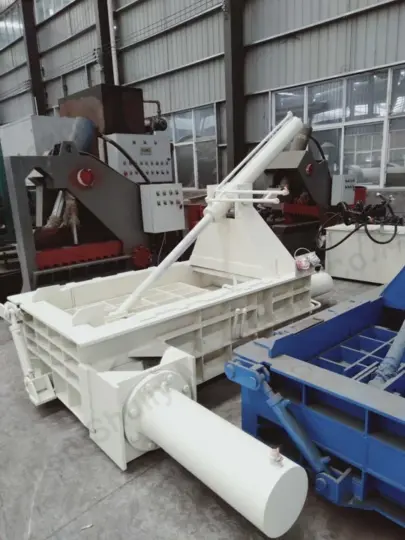
Final Thoughts
The horizontal baler is more than just a recycling tool — it’s the backbone of a modern waste management system. By choosing the right metal baling machine, you can reduce material handling costs, boost recycling efficiency, and maximize profit.
Whether you’re upgrading your recycling facility or launching a new operation, our experts can help you select the most suitable horizontal metal briquette machine for your needs.
Contact us today for a free consultation and customized quotation!

